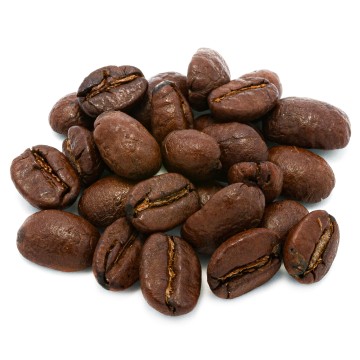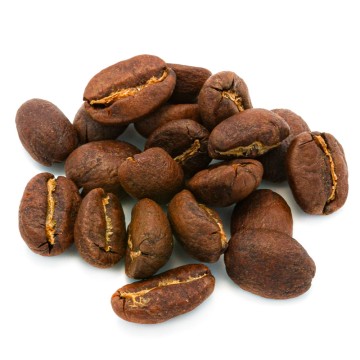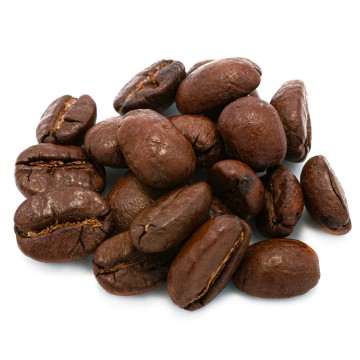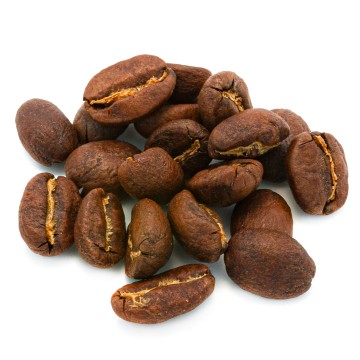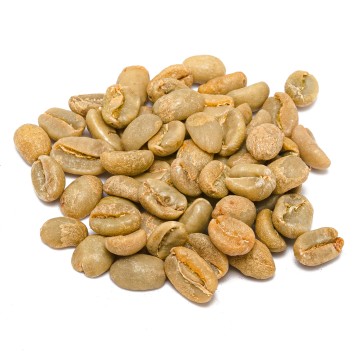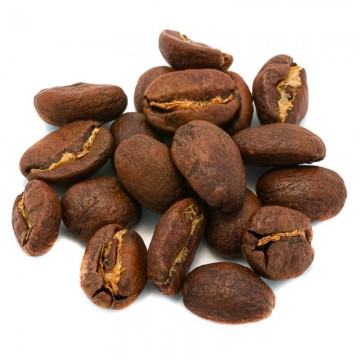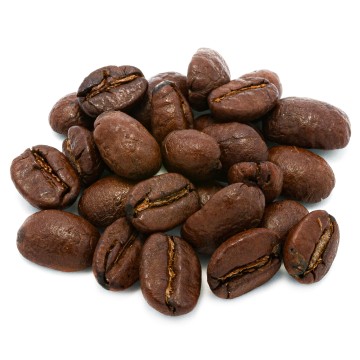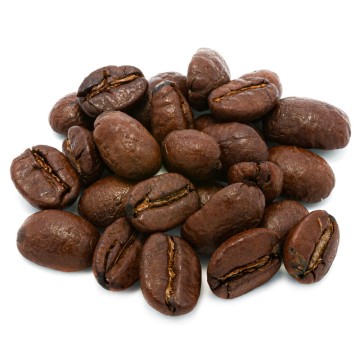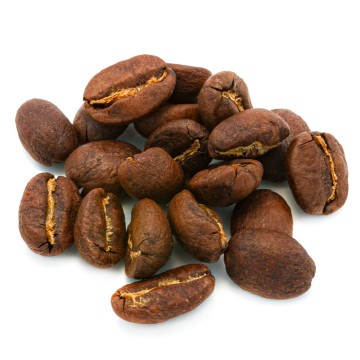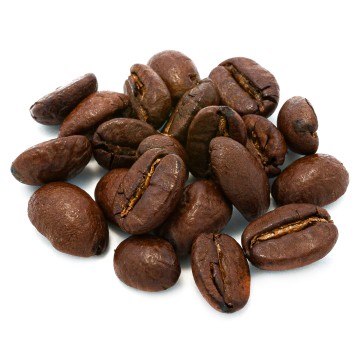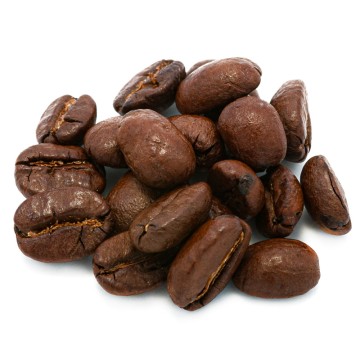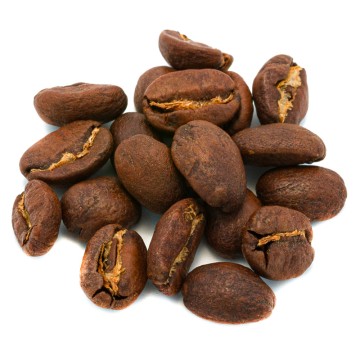Coffee and cocoa are such a widespread pairing, in desserts and more, so natural (also because some of the most aromatic varieties of Coffea arabica have an aftertaste with a hint of cocoa) that it is almost difficult to believe that it is relatively recent, and yet it is so, just think that cocoa originates from America and certainly the Native Americans could not have known coffee since it originates from Africa.
Cocoa and the coffee plant, origin of the plants and diffusion
The history of the spread of coffee and cocoa in Europe is similar in some respects and differs in others, both plants are not native to Europe, both grow well in tropical climates and therefore, unlike other plants imported from exotic places, their cultivation has not spread in European countries and both coffee and cocoa are imported. An important historical difference is how they were introduced: coffee arrived thanks to the Arabs, while cocoa was discovered by the Europeans with the colonization of the American continent. Coffee could be obtained from various plants of the Rubiaceae family, all those of the Coffea genus, but two are used: Coffea arabica (more valuable) and Coffea canephora which is commercially called robusta. There is another species of Coffea that has a commercial interest for the coffee industry, it is Coffea liberica which, as the name suggests, is used to make coffee in Liberia, but is also used in crossbreeding to try to select more Arabica varieties. resistant to the fearsome "roja", the rust of coffee leaves.
Coffea arabica originates from Ethiopia, in the African country coffee has a long tradition unlike in neighboring countries, which are also producers today, where cultivation was introduced by Europeans and the drink has been considered "the stuff of the colonizers" up to the present day. In Ethiopia there is a real coffee ceremony which has an important social and cultural value no less than that of tea in certain Asian countries. In Europe, Coffea was introduced by the Turks at the beginning of 1600 in Vienna, in Italy it was imported for the first time in Venice at the end of 1600. The first use of the plant dates back to at least the 9th century, perhaps earlier, but not to obtain a drink, they were consume the leaves and also the seeds, for example by mixing them with other things and eating them. The drink arrived some time later, however before its introduction into Europe, for example we know for sure that coffee shops existed in Yemen as early as the 15th century, for this very reason probably for a certain time some scholars believed Yemen was the area of origin of Coffea arabica. Soon the Spanish and Portuguese who had discovered and were exploring the American continent introduced coffee there (in Central and South America) and here, thanks to a favorable climate and soil, cultivation spread successfully and as we now know, a good part of the production that some of the finest coffees. Cocoa is obtained from a plant called Theobroma cacao, it is an evergreen tree belonging to the Malvaceae family and is native to America.
The tree grows on average up to 5/10 meters. A curiosity about the cocoa fruit, which is called cabossa, has an oval shape and is 10-15cm long: both in the case of cocoa and in that of coffee it is the seeds that are used, in the first case to make chocolate in the second for the beloved drink, so the fruit was essentially waste, but the cabossa is edible and has a pleasant flavor and in recent times with the growing interest in tropical fruits the cocoa fruit has been re-evaluated and the pulp that surrounds the seeds has a gelatinous consistency and it is rich in sugars and is used to prepare sorbets, ice creams, juices and concentrates. Another curiosity that coffee and cocoa have in common and which we could call "crossed destinies" is that just as we have seen that coffee originating in Africa and imported by Europeans to the Americas has taken root so well in the New World that Brazil is the largest producer many of the finest coffees come from the world and from Central America, in a mirror image of the five major world producers of cocoa, a plant native to America, four are African states (Ivory Coast, Ghana, Nigeria and Cameroon) and one is Asian and the first

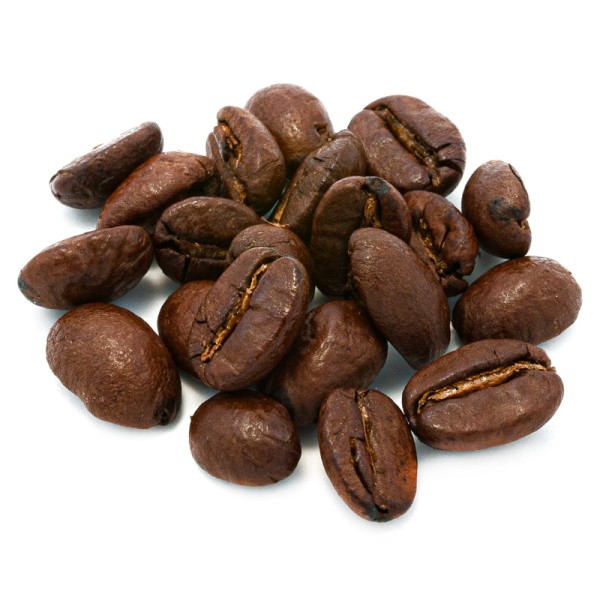

 No reward points for this product.
No reward points for this product.
